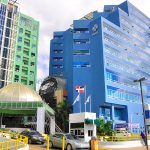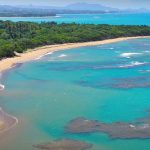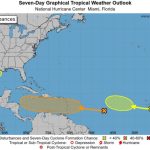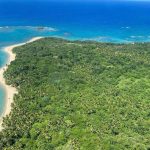Onamet advances in weather forecasting with training on automatic weather stations
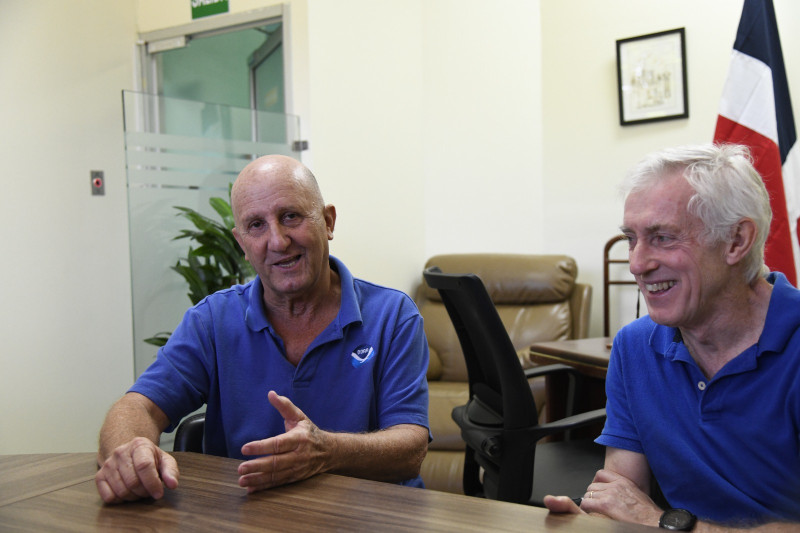
Santo Domingo.- The National Meteorological Office (Onamet) in the Dominican Republic has embarked on a training phase to equip its meteorologists with the skills to create automatic weather stations. These stations will have the capability to send information and determine local weather conditions autonomously. Lixion Avila, a hurricane expert, and Martín Steison, an engineer from the United States National Oceanic and Atmospheric Administration (NOAA), are currently in the Dominican Republic as training leaders to provide Onamet with the necessary tools for the successful operation of these stations.
Avila explained the importance of automatic weather stations, highlighting that accurate weather forecasts require up-to-date information about specific locations. Unlike human observers, these stations operate 24 hours a day without the need for constant human presence. The stations consist of sophisticated materials and utilize cutting-edge technology, allowing for direct transmission of data from satellites or other communication systems to meteorologists responsible for making forecasts. This real-time data enables meteorologists to have precise information about current weather conditions.
The automatic weather stations, composed of advanced technology, will be strategically placed across the country, particularly in coastal areas such as Montecristi and Samaná. These stations collect data on temperature, wind, humidity, and atmospheric pressure, providing valuable information to forecast the arrival of hurricanes, storms, cyclones, or other rain phenomena.
Avila emphasized that combining all the collected information is crucial for making accurate weather forecasts, enabling meteorologists to predict weather events over the course of a day, two days, or even longer. The implementation of these weather stations will result in significant cost savings compared to the existing stations, which are expensive to maintain and require specialized technicians from abroad when they need repair.
The training process, led by engineer Steison, includes the creation of the actual components of the machinery, assembling them as a unified unit, and educating meteorologists on operating and responding to potential damages. This two-week training program will enable approximately ten national meteorologists to understand the operation and practical aspects of automatic weather stations, empowering the country to better prepare and respond to predictable rain events in the future.






